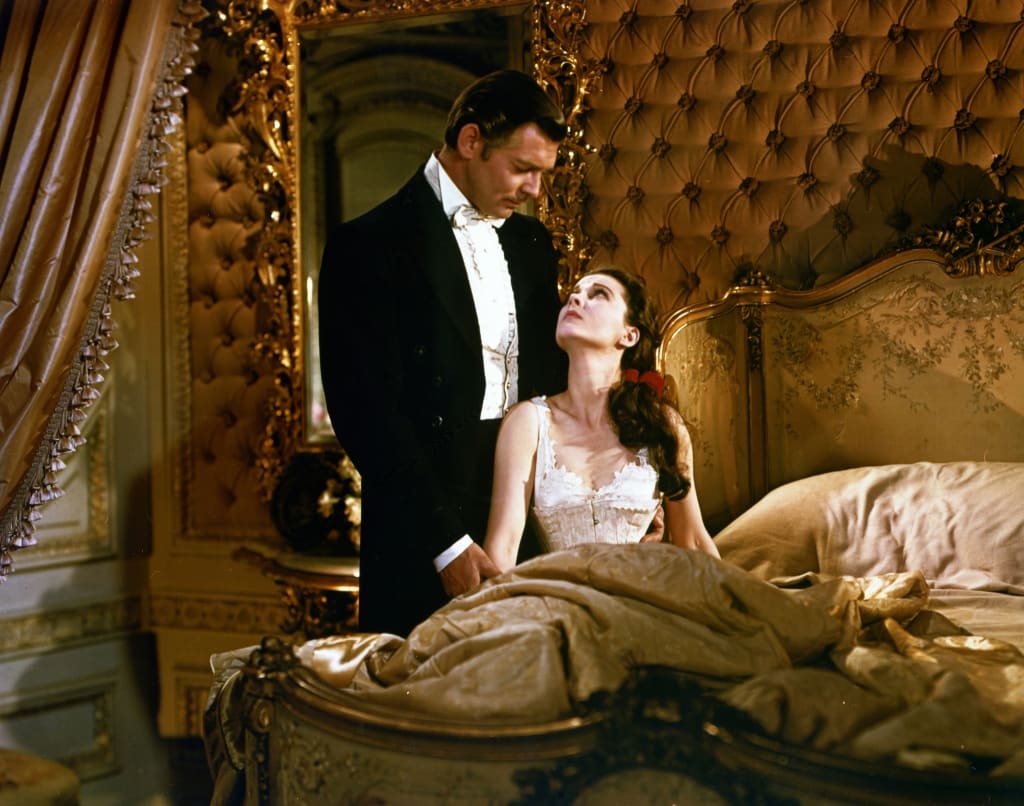A Filmmaker's Guide to: Melodrama
Film Studies (Pt.8)

In this chapter of ‘the filmmaker’s guide’ we’re actually going to be learning about literature and film together. I understand that many of you are sitting in university during difficult times and finding it increasingly hard to study and I understand that many of you who are not at university or not planning on it are possibly stuck of what to do, need a break or even need to catch up on learning film before you get to the next level. This guide will be brief but will also contain: new vocabulary, concepts and theories, films to watch and we will be exploring something taboo until now in the ‘filmmaker’s guide’ - academia (abyss opens). Each article will explore a different concept of film, philosophy, literature or bibliography/filmography etc. in order to give you something new to learn each time we see each other. You can use some of the words amongst family and friends to sound clever or you can get back to me (email in bio) and tell me how you’re doing. So, strap in and prepare for the filmmaker’s guide to film studies because it is going to be one wild ride.
Melodrama

What is it?
Melodrama is basically the exaggeration of drama. From the times of Vaudeville and the Silent Cinema, we get facial expressions and body language which contain exaggerated emotional pieces because of the lack of speech. However, when speech and sound became possible on screen, we moved into the melodramatic emotional age where whatever genre a film was, the Golden Age would recreate the emotions as exaggerated in order to dramatically move the audience into new realms and it worked for a while until realism in film kicked in.
Melodrama works best when there's a bit of sensationalism to the story. When it comes to literature, we get books like "The Thorn Birds" by Colleen McCullough and "Gone with the Wind" by Margaret Mitchell, "The House of the Spirits" by Isabel Allende and "One Hundred Years of Solitude" by Gabriel Garcia Marquez coming to mind. These all have sensationalist emotional qualities in which families, romances or close friends are in peril.
If you want to find out about melodrama in literature then I suggest that you read the books I've mentioned and check out how they deal with the following situations:
- Romance
- Family tensions
- Death
- Religion
- War
If you find over-exaggerated lengthy descriptions and hyperbolic emotions that almost overwhelm you, then you've found melodrama!
What about in film?

Melodrama in film is easier to recognise than it is in books since the hyperbolic emotions and overwhelming states of being are very physical. People like Marilyn Monroe, Clark Gable, Vivien Leigh, Clara Bow and Ingrid Bergman were the leaders of melodrama. This over-exaggeration wasn't cheesy though, it was normally used to the effect of making a point in the movie.
For example: Marilyn Monroe over-exaggerates her key performance of "Diamonds are a Girl's Best Friend" in "Some Like it Hot" for the effect of showing us that she is a performer on a stage but also acting within an acting role. Doubling the acting up means doubling the attention to performance since she wants to separate Marilyn Monroe acting in "Some Like it Hot" to her character in "Some Like it Hot" performing "Diamonds are a Girl's Best Friend." Actually, it is very sophisticated and many people don't realise that.
Another example is Ingrid Bergman's performance at the end of "Gaslight" (1944) in which she parodies her madness and makes a fool of the man who claimed to love her. I don't want to give the ending away, but really you should watch this key scene:
This only shows even further that melodrama can be used in many different genres of film with "Some Like it Hot" being a comedy and "Gaslight" being a thriller.
The melodrama continues to be one of the most fascinating aspects of cinema when studying the Golden Age because of the fact it was pretty much perfected before it was completely gotten rid of in favour of hyper-realism. The final movies to really include any aspect of great melodrama were the "Godfather" trilogy and yet, we haven't learnt that maybe this would be the best way to go and modern acting simply cannot live up to it. Transforming its way from the stage all the way to the cinema meant that it was probably the only great thing to come from Vaudeville apart from the song and dance culture that lived through the early musical era.
In film though, there are no particular films that are technically classed entirely as melodramas. Instead, we can perceive them as such through their hyperbolic attitude towards emotions and relations. So, this is a clear contrast between film and stage. Stage had melodramas as a genre whereas, in film its more of a perception.
Further Reading:
- Allende, I. (2011). The House of the Spirits. UK: Vintage Classics
- Braddon, M.E (1997). Lady Audley's Secret. 2nd ed. UK: Wordsworth Classics.
- Lewis, M (2016). The Monk. 2nd ed. UK: Oxford World's Classics.
- Marquez, G. G. (2000). One Hundred Years of Solitude. 2nd ed. UK: Penguin Modern Classics.
- McCullough, C. (2007). The Thorn Birds. 2nd ed. UK: Virago.
- Mitchell, M (2020). Gone with the Wind. UK: Vintage Classics
About the Creator
Annie Kapur
200K+ Reads on Vocal.
English Lecturer
🎓Literature & Writing (B.A)
🎓Film & Writing (M.A)
🎓Secondary English Education (PgDipEd) (QTS)
📍Birmingham, UK






Comments
There are no comments for this story
Be the first to respond and start the conversation.